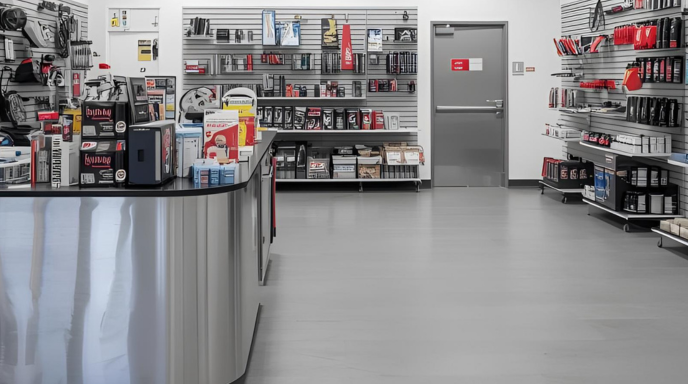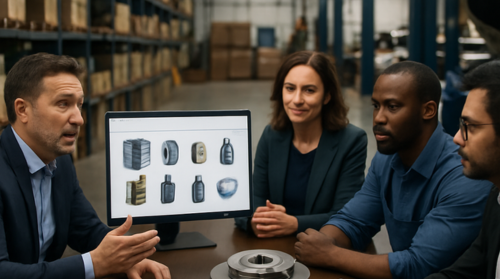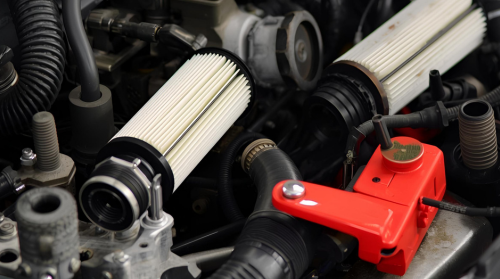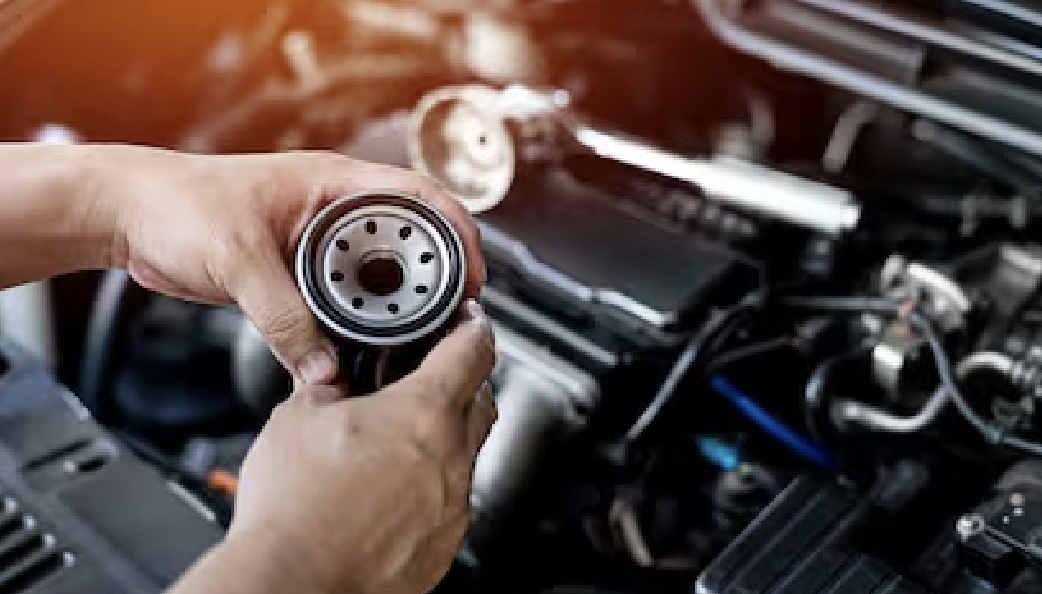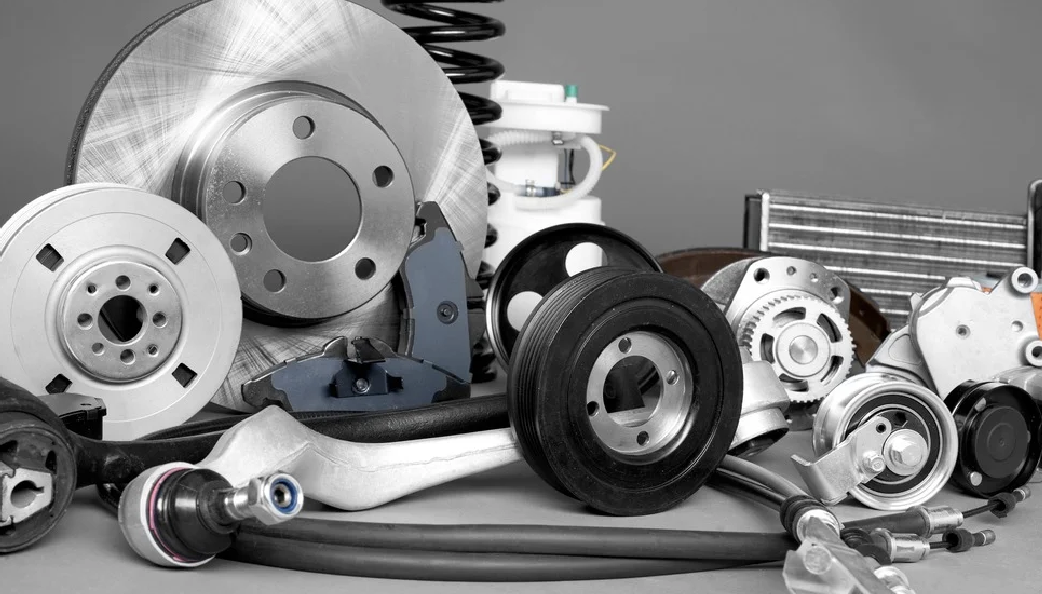The Argentine government is moving forward with a reform that promises to change the rules of the game in the auto parts market.
With the implementation of Decree 428/2025, the goal is to modernize the sector, reduce replacement part costs, combat vehicle theft, and generate thousands of new jobs.
The regulation speeds up the dismantling of damaged vehicles, simplifies operations for legal dismantlers, and fully digitizes all procedures. This will allow more than five million parts per year to enter the market, increasing supply and reducing dependence on imported components.
Economically, the reform is expected to create 4,000 new jobs and save 1.4 billion pesos annually in bureaucratic costs. For consumers, this means more affordable parts and a more transparent market.
Legal auto parts with full traceability
The new digital platform centralizes management: brand, model, serial number, and deregistration certificate are all recorded online, with photos and technical data uploaded by users. Non-reusable parts must be destroyed, aligning the process with circular economy principles.
According to José Luis Álvarez, president of the Chamber of Auto Parts Recyclers and Sellers (Carva), this digitalization “eliminates bureaucracy and lowers costs, directly impacting the final price of parts.”
A blow against vehicle theft and the black market
The initiative also aims to curb a serious problem: 115,000 cars stolen each year in the country, 75% of them in violent incidents. By strengthening the legal supply chain, demand for parts from illegal dismantlers is expected to decrease. This could even reduce insurance costs for drivers by lowering theft rates.
The digital system will be implemented gradually, temporarily maintaining in-person procedures to ensure an orderly transition. The National Directorate of Motor Vehicle Registries will be responsible for its development and implementation.
The measure has been in effect since July 2025 and, if implemented swiftly and efficiently, could mark a turning point for Argentina’s automotive sector.

